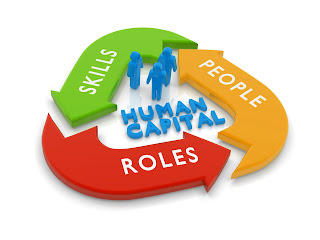Increasingly
we live in a world where we have to get a lot done and since no-one can change
time, the key is to get more out of the time we have available. The good news
is that several frameworks can rapidly increase your productivity. This article
will discuss three: 1) Eisenhower Box, 2) Lewin’s Equation, and 3) the
Zeigarnik Effect.
Certain
people seem to get a lot done in an effortless way. One such person was Dwight
Eisenhower, 34th President of the United States, serving two terms from 1953 to
1961. Eisenhower followed a simple principle based on what he once said: “What is important is seldom urgent and what
is urgent is seldom important.”









